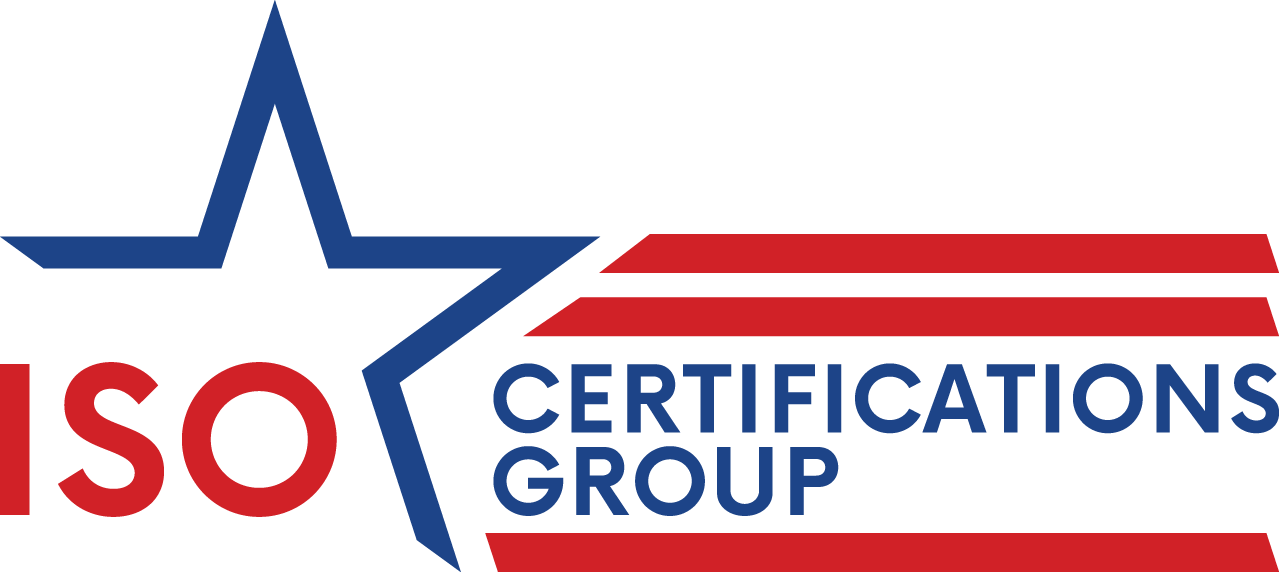Introduction
Implementing management systems, such as ISO 9001 (Quality Management), ISO 14001 (Environmental Management), or ISO 45001 (Occupational Health and Safety Management), is a strategic and systematic process that demands careful consideration of resources and meticulous planning. The success of these management systems hinges on the allocation of appropriate resources throughout the various phases of establishment, implementation, maintenance, and continual improvement. This article delves into the critical aspect of resource management for the effective implementation and maintenance of management systems.
Analyzing Resource Needs for Management Systems
To ensure the success of a management system, it is imperative to conduct a thorough analysis of the resources required at each phase of the project. Questions surrounding budget availability, the nature of internal and external resources, the presence of necessary personnel, and the need for additional equipment or supplies must be addressed. Beyond documentation, a quality management system involves the establishment of controls and infrastructure within a company, aiming to produce high-quality outcomes.
ISO 9001 Clause 7.1 – Resource Requirements
In ISO 9001 Clause 7.1, essential resources required for successfully implementing and maintaining a management system are outlined, including people, infrastructure, and potential suppliers. The breakdown of requirements in this clause provides a comprehensive guide for organizations aiming to adhere to ISO standards.
7.1 Resources of ISO 9001:2015
7.1.1 General
Objective: Determine and provide resources for the establishment, implementation, maintenance, and continual improvement of the quality management system.
Actions:
- Internal Resources:
- Assess the capabilities and constraints of existing internal resources.
- Identify areas where additional resources might be required.
- External Providers:
- Evaluate what needs to be obtained from external providers (suppliers, contractors, etc.).
- Establish criteria for selecting and managing external providers.
People
Objective: Determine and provide the necessary personnel for effective QMS implementation, as well as the operation and control of processes.
Actions:
- Identify Roles and Responsibilities:
- Define roles needed for QMS implementation.
- Assign responsibilities to individuals.
- Competence and Training:
- Assess the competence of personnel.
- Provide necessary training to enhance competence.
Infrastructure
Objective: Determine, provide, and maintain the infrastructure necessary for process operation and ensuring conformity of products and services.
Actions:
- Identify Infrastructure Components:
- Consider buildings and associated utilities.
- Include equipment (hardware and software).
- Address transportation resources.
- Manage information and communication technology.
- Infrastructure Maintenance:
- Develop a plan for the regular maintenance of infrastructure.
- Ensure that infrastructure remains effective in supporting QMS objectives.
Conclusion
Strategic management of resources is paramount to enhance the effectiveness of an organization’s management system, contributing to overall business success. Regular reviews and adjustments based on performance data and feedback support ongoing optimization efforts, ensuring the continued effectiveness of the management system. As organizations strive to establish a robust Quality Management System (QMS) following ISO 9001:2015, it is essential to reflect on the resources in place for successful implementation, maintenance, and continual improvement.

